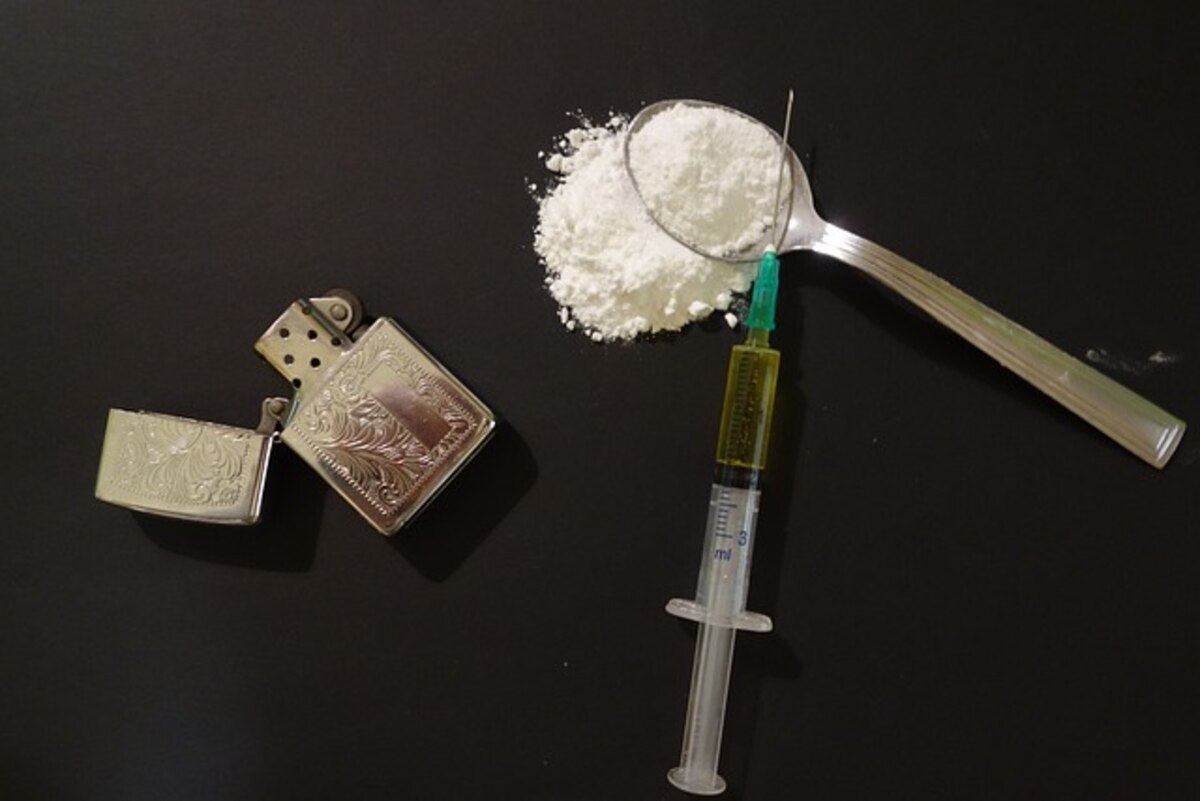How Cocaine Affects Your Nose
Cocaine causes your blood vessels to constrict, restricting circulation. This leaves tissue susceptible to damage and infection – potentially leading to holes or collapsed septums if enough damage occurs. Guide on how to buy cocaine safely?
Hard palate damage is another risk associated with cocaine abuse, in which the bridge of your nose collapses due to tissue death and decay, making breathing impossible and creating visible deformity.
Saddle nose
Saddle nose is an unintended complication of cocaine abuse that may require plastic surgery for treatment. It occurs when the bridge of the nose collapses due to reduced circulation caused by drug abuse and can immediately impact one’s self-esteem and cause lasting deformities in its wake. Unfortunately, saddle nose is one of the more difficult conditions to recover from; often, its cause lies within trauma or a hematoma preventing proper nutrition from entering its system – making recovery challenging.
Cocaine enters the bloodstream quickly when inhaled through a nasal snorter, narrowing blood vessels and decreasing circulation to the nose lining tissue, leaving it more fragile and susceptible to damage or infection, potentially leading to nosebleeds or nasal necrosis (when tissue dies from lack of blood).
Snorting frequently can damage the nose permanently. Over time, the cartilage that separates nostrils may deteriorate and lead to nasal perforations – often the result of chronic inhalant muscle dysfunction dysplasia (CIMDL) and other conditions like leprosy (Hansen disease). A deviated septum not only affects the inside of the nose but can cause it to tilt sideways when breathing – unlike other nose deformities, which may be corrected with medicines or saline rinses – saddle nose requires plastic surgery treatment instead.
Hard palate damage
Long-term cocaine abuse can result in extensive damage and degradation to nasal passages, sinuses, and throat tissue, resulting in breathing issues, nosebleeds, loss of sense of smell, and an abnormal septum structure.
The septum is the wall of cartilage and bone that separates nostrils. Snorting cocaine can cause this wall of separation to develop holes as the tissue dies due to reduced blood supply; over time, these holes may grow so large that the septum collapses altogether, creating a hole at its center, known as septal perforation.
Damage to the septum can wreak havoc with its surrounding cartilage and tissue. As a result, this can lead to deviated septum formation when one side of the bridge of the nose falls towards one nostril, blocking access on that side.
Stopping using cocaine is the most important thing you can do to maintain healthy nasal functions and limit further damage. Deformities like saddle nose or hard palate damage typically require plastic surgery; prescription medication and nasal irrigation may be prescribed if there’s an infection, while professional help may also be needed when managing co-occurring disorders like mental health conditions or substance use disorders.
Septal defect
Cocaine use can limit blood flow to the nose lining, but when used frequently, the drug’s constrictive effect can extend further than this and affect other parts of the septum – the piece of cartilage between nostrils that separates them – eventually leading to tissue dying off and even holes forming within it. This complication from cocaine addiction must be corrected surgically as soon as it arises.
Cocaine nose perforations can make breathing difficult, leading to other health complications like nasal collapse. If the damage is severe enough, your nose could start drooping down like a saddle, an embarrassing sight that also gives away who frequented cocaine.
Cocaine can cause lasting damage to your nose. If you use cocaine, it is vital that if any symptoms arise, it’s essential to seek assistance immediately and avoid substances that can be inhaled through your nose, as this increases risk. Treatment options exist for cocaine addiction, while consulting a neurologist can offer guidance in taking care of your nose.
Nose collapse
Snorting cocaine can damage the nose. This is because cocaine causes a deviated septum, in which part of the nasal septum shifts outward and blocks one or both nostrils on one side, making breathing difficult or signaling further damage if continued use. This may make breathing difficult while also signaling further use-induced damage is likely.
Drugs like these may also cause nosebleeds due to reduced blood flow to the nose lining, making it more vulnerable to damage and irritation and sores that form scabs that then trigger nosebleeds that may be difficult or impossible to stop due to obstruction from the scabs, preventing blood from exiting through its natural route. This may result in frequent and difficult-to-stop nosebleeds as scabs prevent blood from going through its usual way.
Snorting cocaine may lead to sinus infections as it suppresses immune systems and exposes individuals to bacteria that enter their nose and sinuses, worsening existing sinusitis cases or leading to sepsis – a potentially life-threatening infection of blood in which bacteria infiltrate the system and threaten life itself.
Sniffing cocaine can permanently harm both their nose and other parts of their bodies, including irreparable damage requiring surgery to correct. If the damage is severe – holes, rotting tissue, or collapsing nose – surgical intervention will likely be needed to fix it.
Read Also: Semenax – Important Things To Know About Men’s Sexual Health


